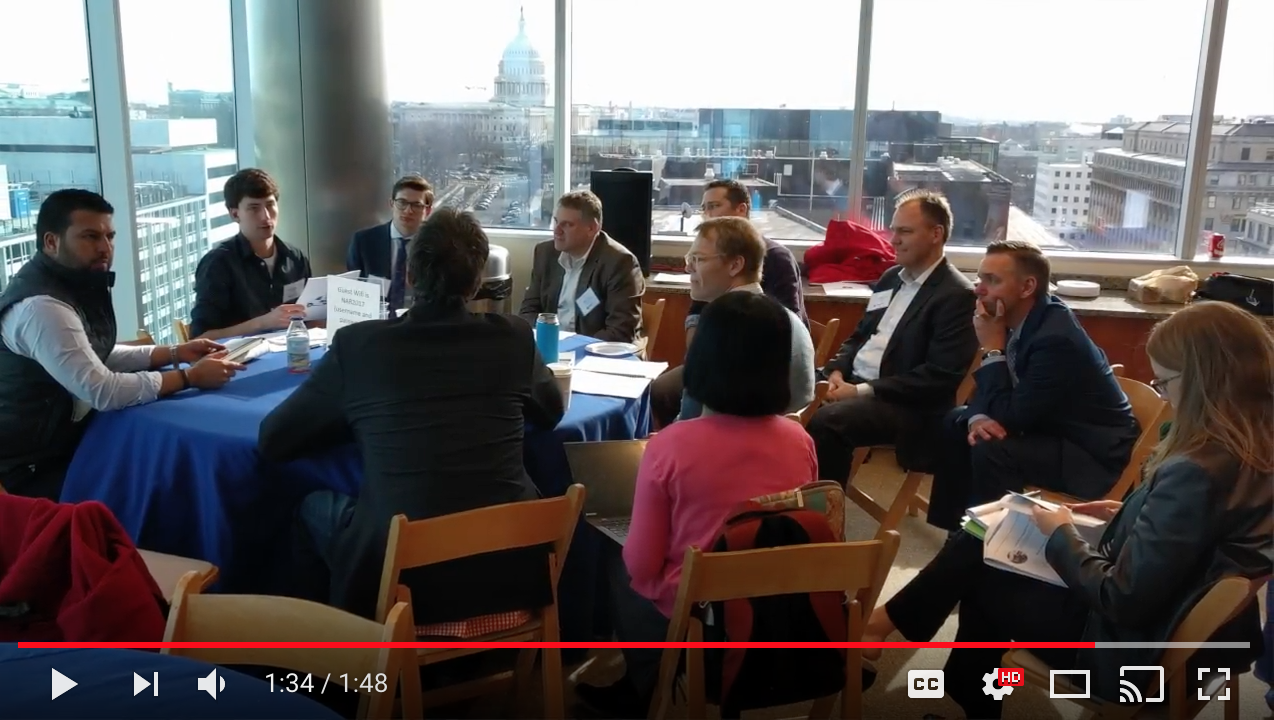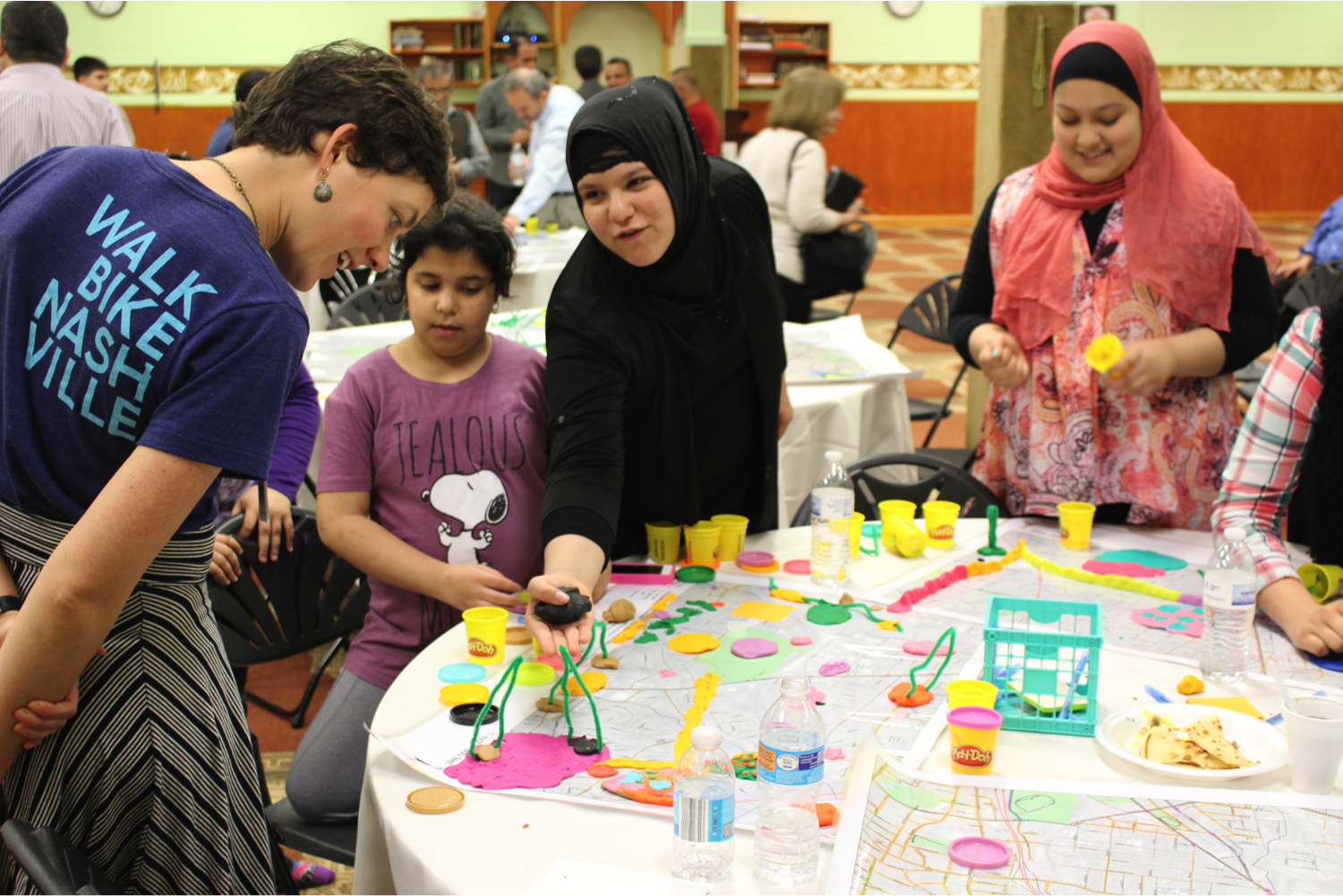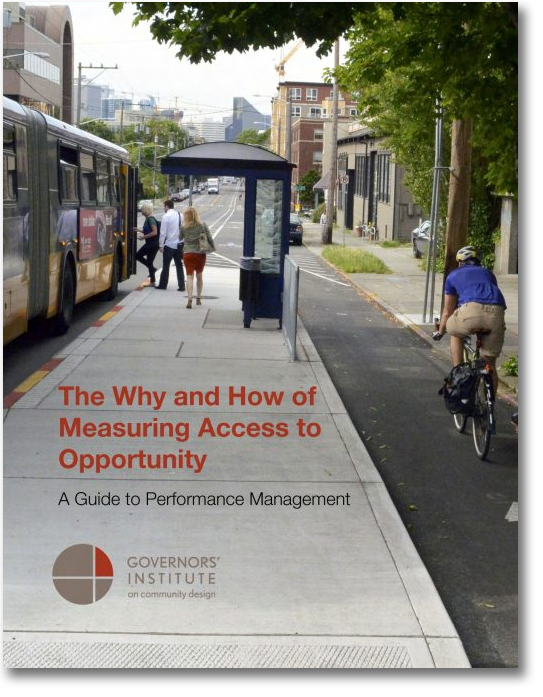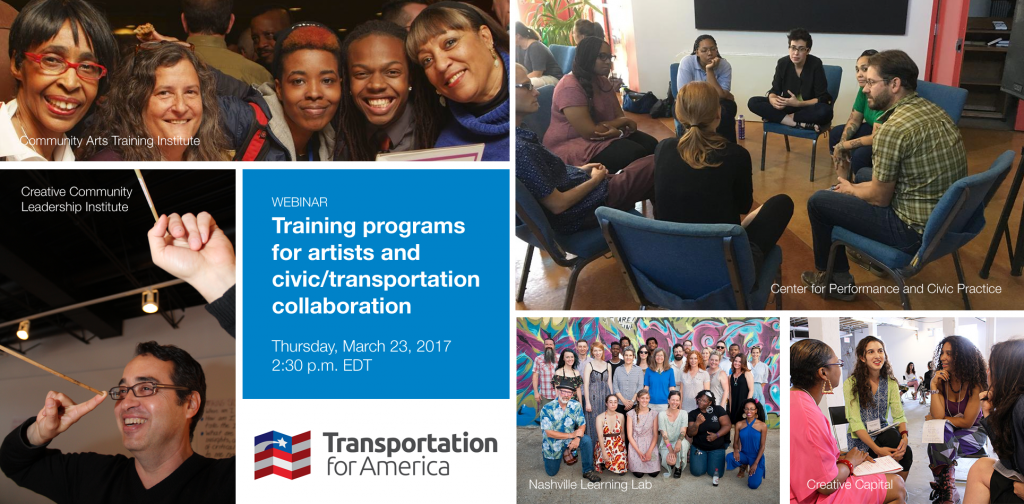
In cities across the country, artists are helping to solve civic problems. Whether it’s bringing people to an empty plaza through performance, improving navigation options through better design, or connecting neighborhoods through interactive installations, artists bring a unique perspective to many municipal challenges.
Artists and civic professionals do not always speak the same language, however. These two groups often answer to different stakeholders and work along different timelines. With the proliferation of new programs integrating arts and culture into community development—like municipally sponsored artist-in-residence programs—artists and cultural producers need to be trained to work with government agencies and community members, and to inhabit interdisciplinary roles that extend beyond the traditional duties of an artist.
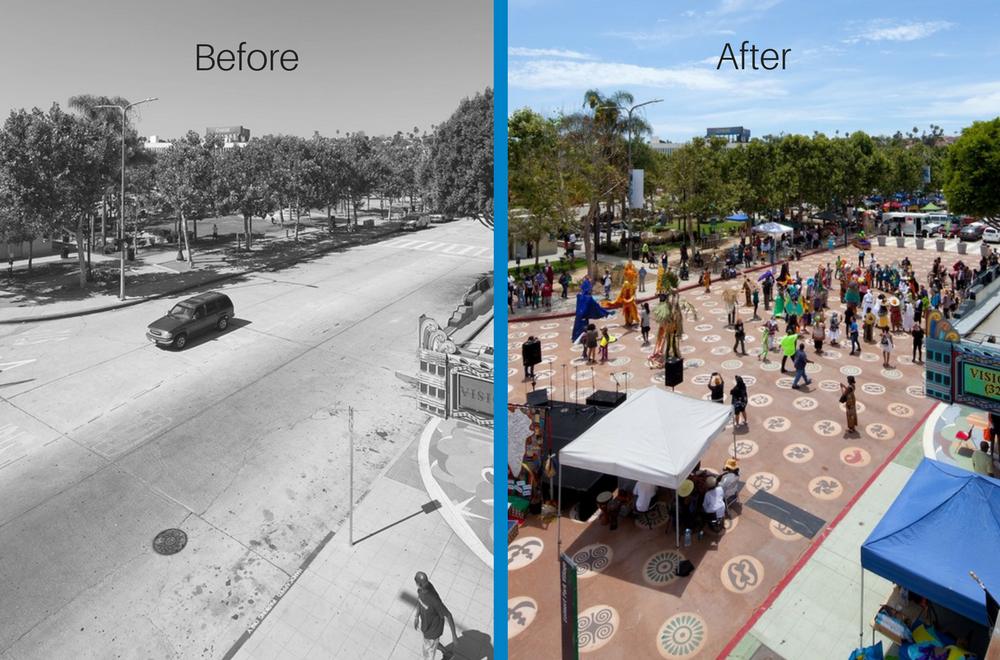 Janette Sadik-Khan spent six years spearheading some of the most pioneering approaches to people-first street design while leading the transportation department for in America’s most populous city. She’ll be bringing that experience and more to Intersections: Creating Culturally Complete Streets as a keynote speaker in April.
Janette Sadik-Khan spent six years spearheading some of the most pioneering approaches to people-first street design while leading the transportation department for in America’s most populous city. She’ll be bringing that experience and more to Intersections: Creating Culturally Complete Streets as a keynote speaker in April.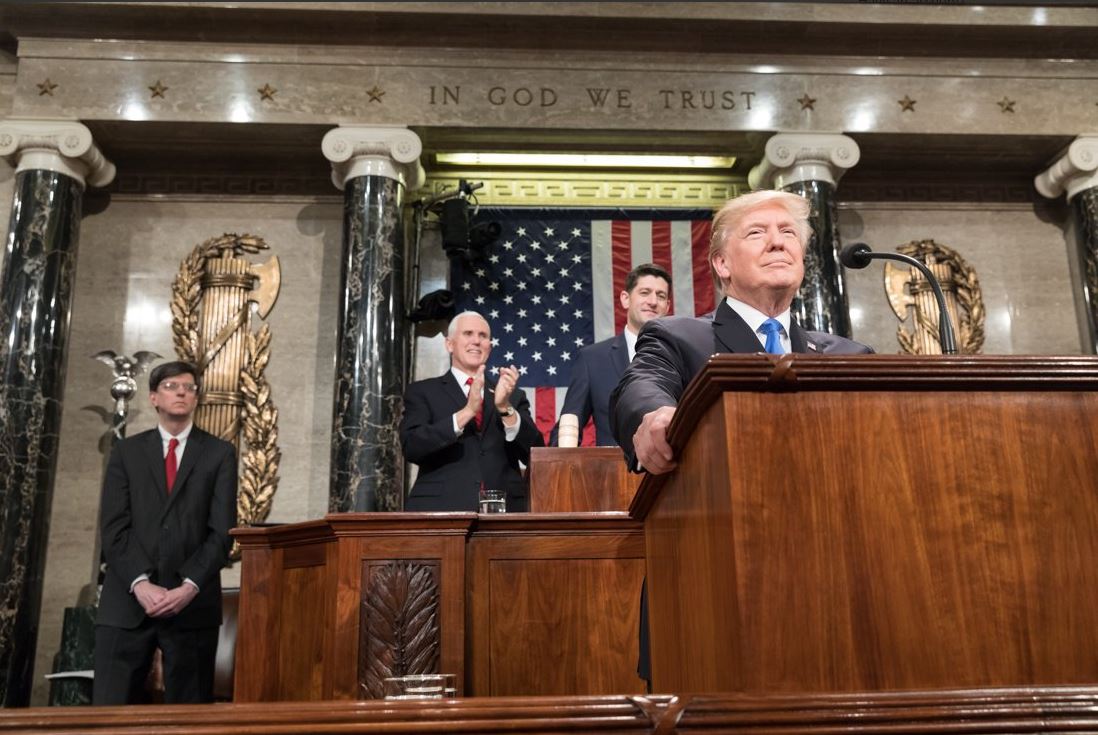 As expected, President Trump used his first State of the Union Address Tuesday night as an opportunity to discuss infrastructure. The speech was light on specifics, though the Washington Post and other outlets continue to report that the White House is preparing a full plan to be released in a few weeks.
As expected, President Trump used his first State of the Union Address Tuesday night as an opportunity to discuss infrastructure. The speech was light on specifics, though the Washington Post and other outlets continue to report that the White House is preparing a full plan to be released in a few weeks.
